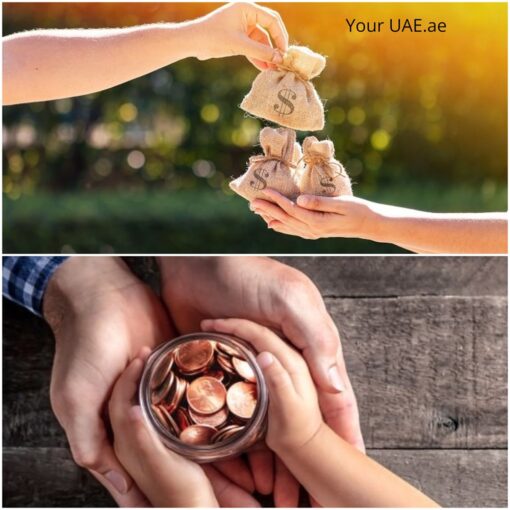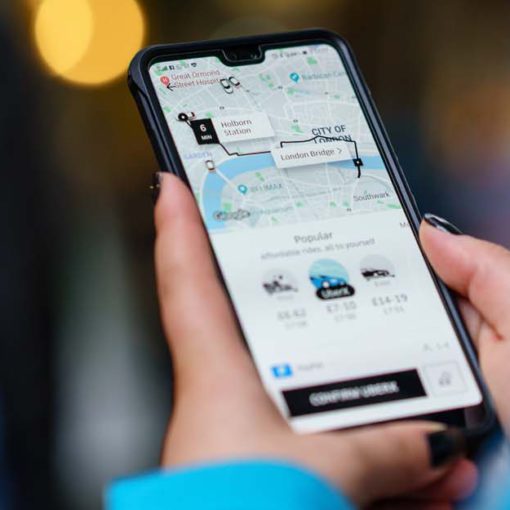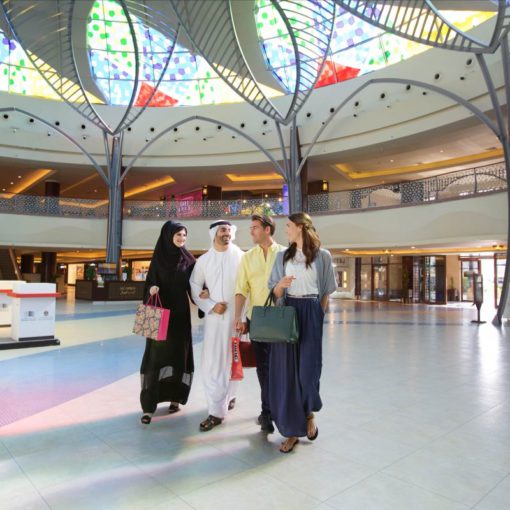Introduction to Public Transportation in the UAE
The United Arab Emirates (UAE) has a well-developed and efficient public transportation system that connects its major cities and tourist destinations. Whether you’re a resident or a visitor, navigating the UAE is made easy with a range of options, including metro systems, buses, taxis, and water transport.
Exploring the Metro Systems in Dubai and Abu Dhabi
Dubai is the only emirate with an operational metro system, consisting of two lines (Red and Green) with over 50 stations. The metro is a reliable and affordable way to travel, with trains running every few minutes during peak hours. Abu Dhabi, on the other hand, is currently constructing its metro system.
Understanding Bus Services: Routes, Fares, and Frequency
Buses are one of the most affordable ways to get around within UAE cities. Each emirate has its bus network, with routes connecting major areas and tourist attractions. Fares start from as low as AED 2 in Abu Dhabi and can go up to AED 6 in Sharjah for a single trip. Buses are equipped with air conditioning and use a smart payment system instead of cash.
Inter-city Travel: Trains and Intercity Buses
For travel between cities, the UAE offers intercity buses and trains. There are public buses that connect Sharjah to Dubai (AED 2) and Abu Dhabi to Dubai (AED 25) While Abu Dhabi currently does not have an operational metro system, it has a comprehensive network of public buses.
Water Transport: Ferries, Abras, and Water Taxis
Water transport is a unique and scenic way to explore the UAE. Dubai offers water taxis, which operate around the islands and provide stunning views of the city’s landmarks. Abu Dhabi also has water taxis that connect various points along the coastline. Additionally, the Dubai Ferry connects Dubai Marina to Al Shindagha.
Taxis and Ride-Hailing Services: Tips and Etiquette
Taxis are abundant in the UAE and are a convenient way to travel from point to point. Fares start at AED 15 and are AED 1.82 per kilometre thereafter. Ride-hailing services like Uber and Careem are also available. When using taxis or ride-hailing services, it’s important to be aware of cultural etiquette, such as avoiding physical contact with the driver and respecting their personal space.
Accessibility: Services for People with Disabilities
The UAE’s public transportation system is designed to be accessible to people with disabilities. All public transport buses have dedicated wheelchair spaces available. The Dubai Metro also has wheelchair-accessible carriages and stations.
Navigating Public Transport with Smart Cards and Apps
Using public transport in the UAE is made easy with smart cards and mobile apps. The Nol card is used for payment on the Dubai Metro, buses, and water transport[1][4]. The RTA Dubai app provides information on routes, schedules, and real-time updates[4]. The Wojhati app allows you to plan your journey.
Cultural Tips for Using Public Transport in the UAE
When using public transport in the UAE, it’s important to be mindful of cultural norms. Dress modestly, avoid loud conversations, and be respectful of others. Some buses and metro carriages have designated areas for women and children.
Sustainable Travel: Initiatives and Future Developments
The UAE is committed to promoting sustainable transportation. Dubai has introduced electric and hybrid buses to its fleet. The UAE is also investing in cycling infrastructure, with designated bike tracks in Abu Dhabi. As the country continues to grow, it is expected that public transportation options will expand and become even more efficient and eco-friendly.



